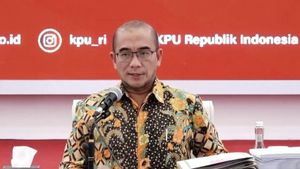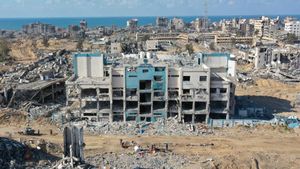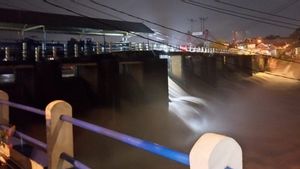JAKARTA - Chairman of the United Nations (UN) nuclear watchdog, Rafael Mariano Grossi, on his visit to Japan emphasized the importance of full transparency in the disposal of radioactive waste water from PLTNDaiichi in Fukushima into the Pacific Ocean.
Grossi, while speaking at the NHK, emphasized that the International Atomic Energy Agency (IAEA) independently oversees the safety of wastewater, and reiterated that the disposal of radioactive wastewater into the Pacific Ocean, which began by the Japanese government and its management company in August 2023, had met international safety standards.
Referring to attitudes towards countries, such as China, that oppose the disposal of wastewater or countries that express their concern about the situation.
Grossi stressed "dialogs that can relieve concerns" are ongoing and he "received the impression that these countries are gradually understanding the situation."
Highlighting "misinformation and confusion" regarding wastewater disposal, Grossi said "full transparency" was the only bidder in the process, adding that the IAEA would share scientific data with countries to "enhanced understanding".
While in his meeting with Japanese Cabinet Secretary Hayashi Yoshimasa as part of his visit to Tokyo, Grossi agreed to continue bilateral cooperation on the assessment of radioactive wastewater.
Yoshimasa, in part, noted that they "considered important" the IAEA oversees the disposal of wastewater, and Japan "wants to continue working together" with the international organization "until the last drop is thrown away."
The delegation led by Grossi will visit the Daiichi PLTN in Fukushima this week to conduct an on-site review.
According to PLTN operator Tokyo Electric Power (TEPCO), the fourth phase of disposal of processed wastewater began last month.
While the first phase was completed from August 24 to September 11, the second phase was on October 5-23, and the third was on November 2-20 last year.
Through the four-stage wastewater disposal process, a total of 31,200 tons of waste water will be removed from the PLTN by the end of this month.
SEE ALSO:
TEPCO began disposing of radioactive waste water from power plants in August 2023. Wastewater was dumped 1 kilometer off the coast through underwater tunnels.
The radioactive substance formed in pure water, which serves to cool the reactor at the power plant, has decomposed, except for tritium through the Advanced Fluid Processing System.
In its final report in July 2023, the IAEA stated that the Japanese wastewater disposal plan was in accordance with safety standards.
The nuclear strike caused by a magnitude 9 and tsunami earthquake after that in Japan in 2011 at the power plant reactor has been released into the air so that the area around the power plant is designated as an evacuation zone.
The English, Chinese, Japanese, Arabic, and French versions are automatically generated by the AI. So there may still be inaccuracies in translating, please always see Indonesian as our main language. (system supported by DigitalSiber.id)

















